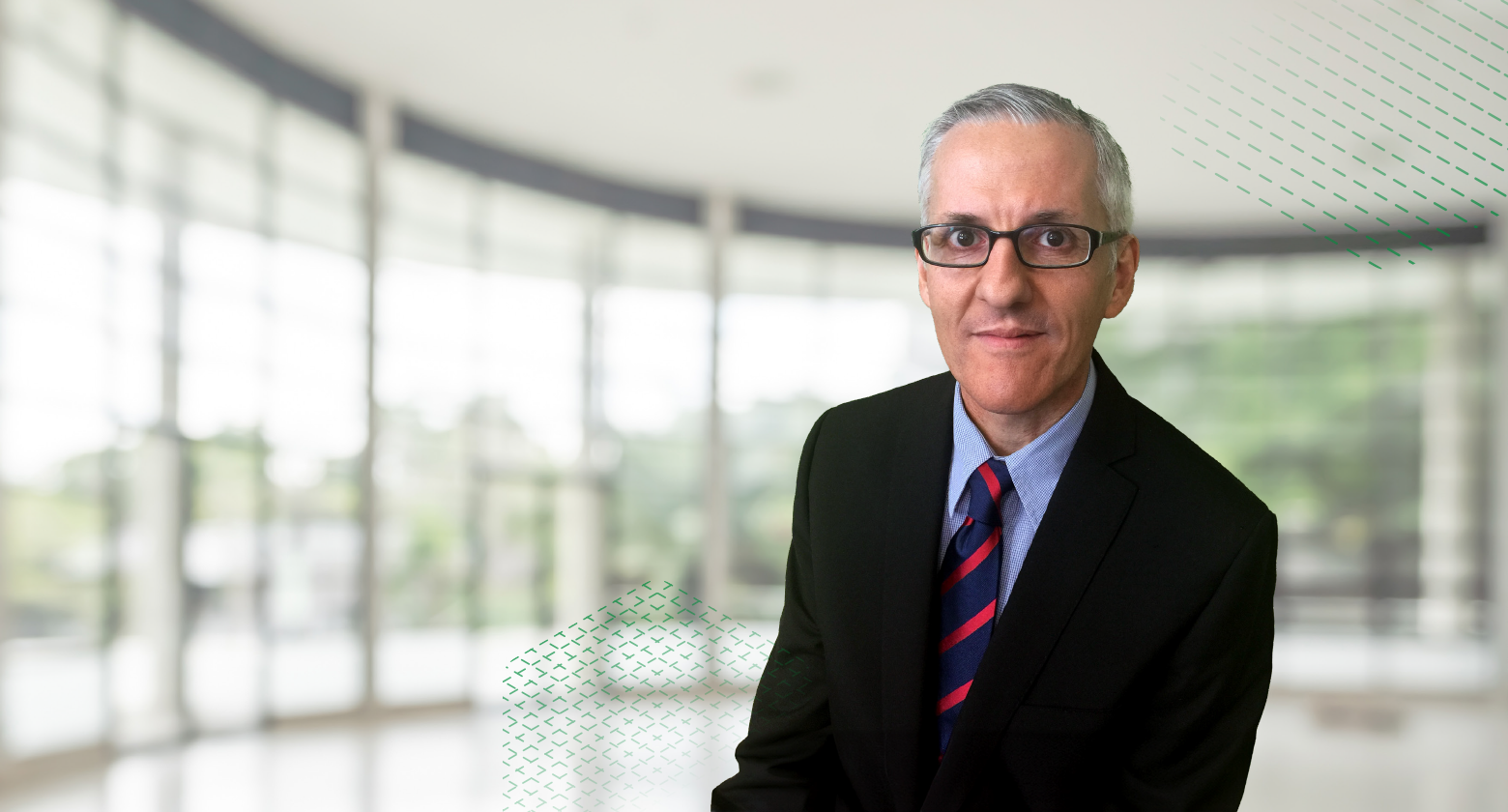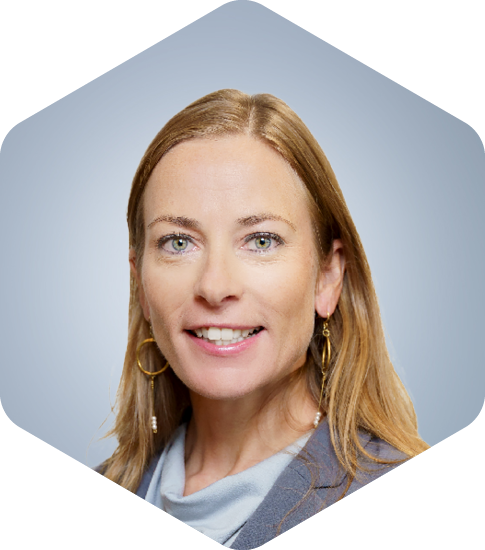Looking back on 10 years of AfDB green bonds

An interview by the Luxembourg Stock Exchange (LuxSE) with Keith Werner, Manager of Capital Markets and Financial Operations within the AfDB’s Treasury Department.
Looking back on 10 years of AfDB green bonds
In the 10 years since the African Development Bank (AfDB) issued its first green bond, it has become a trailblazer and leader in unlocking crucial sustainable development financing in Africa.
To celebrate the 10-year anniversary of the Bank’s first green bond and a decade of green bond listings at the Luxembourg Stock Exchange, we sat down with Keith Werner, Manager of Capital Markets and Financial Operations within the AfDB’s Treasury department, to discuss the past, present and future of the multilateral development bank’s work in the sustainable bond sphere.
Looking back on 10 years of green bond issuances, how would you summarize this journey?
The Bank has been a pioneer, issuing its first green bond in 2013, a year before the Green Bond Principles were established. Since then, we’ve issued 16 green bonds in five different currencies totalling USD 3.2 billion.
Responding to the demands of increasingly sophisticated investors, we’ve recently enhanced our framework with the establishment of a new Sustainable Bond Framework, which will be launched in 2024. In addition, we’ve been able to go beyond the mainstream through the issuance of bonds in non-traditional currencies such as the South African rand. Looking back over the last 10 years, one clear theme has been the need to strive for continuous innovation and adaptability in the sustainable finance sector.
This started with the Bank’s pioneering transactions in the green bond space and expanded through entry into diverse markets and currencies over the years showcasing the need to anticipate and effectively address the ever-changing sustainable finance landscape. We’re excited to be entering into the next chapter of innovation in 2024 with a groundbreaking new sustainable issuance in a format outside of senior unsecured debt.
What types of projects has AfDB financed through these bonds and what can you say about the real-world impact that resulted from this financing?
Our current green portfolio demonstrates geographical diversity with projects in 18 African countries, spanning across various sectors, including energy, water, agriculture, and transportation. The development impact of these projects is significant, and we produce a forecast for impact reporting, computed according to the Bank’s share of financing in each project. For example, impact metrics we reported on in our 2023 Sustainable Bond newsletter, as of 30 June 2023, include:
- Annual energy savings: 820,716 MWh
- Renewable energy produced: 1,637,518 MWh
- Renewable energy installed: 1,257 MW
- GHG emission reduction: 43 million tons of CO2 reduced or avoided
- Water saved/treated: 519 million m3
- Job creation: 3 million jobs created
What is the next stage in your sustainability agenda?
We have recently consolidated both the Bank’s green and social bond frameworks into a comprehensive Sustainable Bond Framework, which allows us more flexibility to issue not only Sustainability Bonds but also a first-of-its-kind publicly marketed Hybrid Capital instrument from a multilateral development bank, in a sustainable format.
In September 2023, we embarked on a two-week roadshow engaging 130+ investors to promote the Bank’s groundbreaking Sustainable Hybrid Capital transaction. Given the volatility observed in the market during the latter part of 2023, we plan to reassess execution in the first quarter of 2024. Sustainable Hybrid Capital is poised to become a pivotal funding tool enabling us to leverage the Bank’s resources at least two times while directing our focus towards addressing the critical sustainable financing needs of Africa.
What is needed in your view to accelerate financing for sustainable development in Africa?
Addressing this question has been a topic explored by many in recent times, often through theoretical discussions rather than concrete actions.
It is evident that the current financial offerings fall considerably short of the required financing needs of the continent, with estimates of African countries needing USD 2.8 trillion to meet their NDCs by 2030, as indicated by the Climate Policy Initiative.
Proposals such as the Bridgetown Initiative have presented ideas geared more towards the broader market. To delve specifically into actionable measures for the short term and within the bond markets, the Bank officially joined the Global Green Bond Initiative on 1 December 2023. This partnership in conjunction with other International Financial Institutions (IFIs) globally, will focus on providing technical assistance. The initiative is complemented by a targeted EUR 2 billion fund dedicated to bringing climate finance to low and middle-income countries worldwide. Through the strategic inclusion of private investors, the anticipated impact is substantial, potentially reaching up to EUR 15-20 billion in green investments, with a direct emphasis on Africa.
How do you imagine AfDB’s role and priorities in 10 years from now?
AfDB’s Climate and Green Growth Strategy 2021-2030 aims to align all of the Bank’s activities with the Paris Agreement by 2025 and to mobilise USD 25 billion in climate finance simultaneously. The initiative is focused on assisting African countries in meeting their NDCs. Notably, climate change has already been integrated into 94% of the Bank’s operations as of 2022, whilst climate finance reached USD 2.6 billion, constituting 42% of AfDB’s loan approvals.
One significant project is the Desert-to-Power Initiative, inaugurated in 2019. This is a flagship renewable energy and socio-economic development initiative led by AfDB in the Sahel region. The recently released third annual progress report indicated significant achievements including the generation of 102 MW of clean energy with 2.35 million people benefitting and facilitating nearly 300,000 new electric connections.
We will stay committed to the issuing and scaling up of sustainable bonds in both senior unsecured and hybrid capital format, ensuring initiatives like the Desert-to-Power Initiative are successfully implemented.
